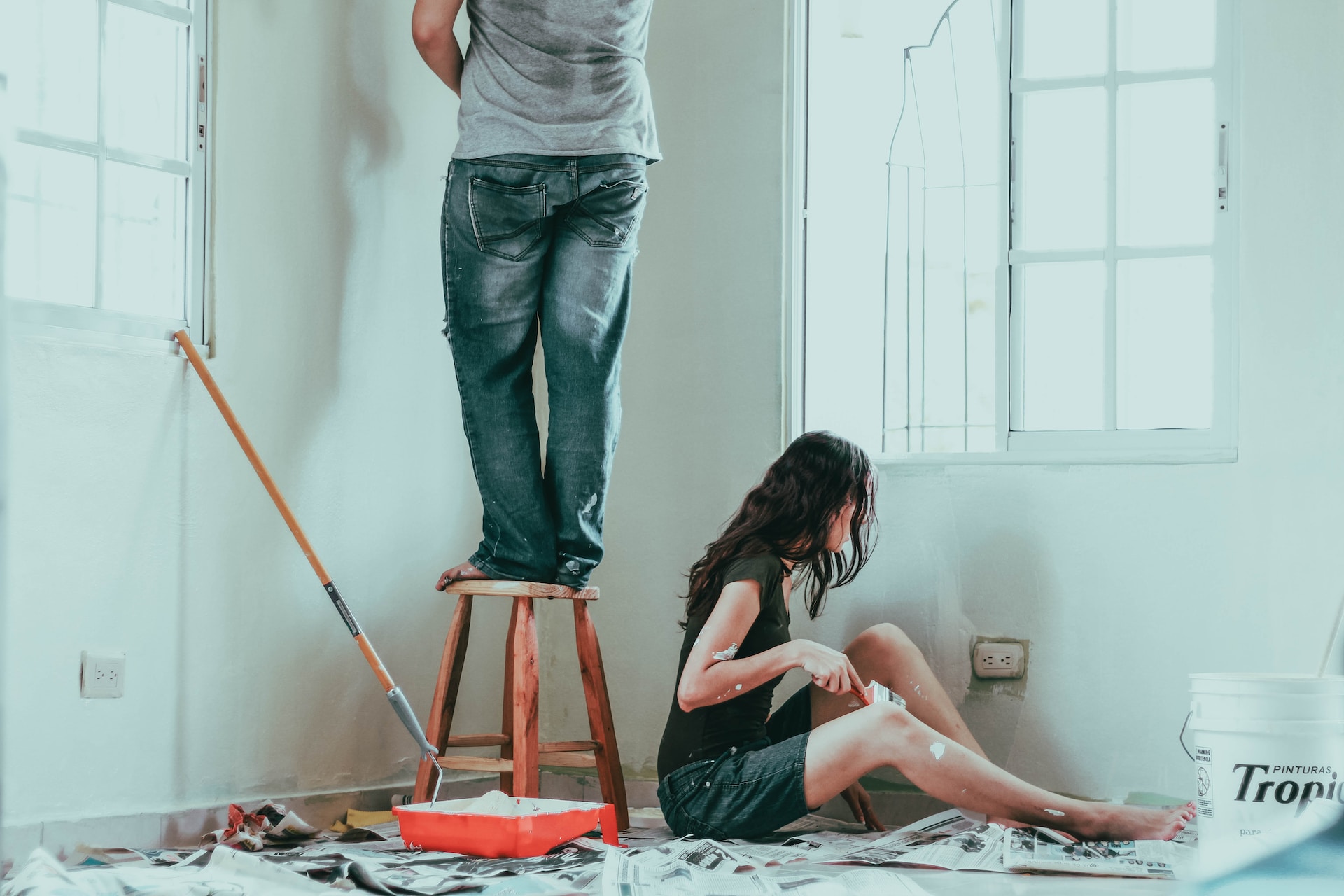Loft Conversions:
Loft conversion regulations in the UK are often underestimated. Bert Hofhuis, an expert from Every Investor, emphasises the risk homeowners face by jumping into loft conversions without a thorough understanding of the involved regulations. “Incorrect planning can lead to penalties, or even having to undo the conversion,” Hofhuis warns. This makes gaining a clear understanding of planning permissions essential for a smooth loft conversion project.
When Planning Permission is NEEDED
According to Hofhuis, you’ll need planning permission if your loft conversion design exceeds the ‘Permitted Development Rights.’ For example, if you plan to use different materials from the existing house or your conversion alters the roof height significantly, you must seek planning consent. “It will take about 8 weeks for the local authority to deliver a decision on less complex applications,” Hofhuis notes, stressing the importance of patience and thorough planning.
The Cost of Non-Compliance
Diving into loft conversions without securing the right permissions can result in a fine of up to £20,000. In cases where an enforcement notice is issued and ignored, the fine can escalate to an eye-watering £50,000.
Efficient Planning for Your Loft Conversion
Thoroughly understanding the UK’s planning permission regulations is crucial for a successful loft conversion. Hofhuis and Every Investor suggest that hiring a professional can be a valuable investment, ensuring your conversion complies with the relevant regulations.
Beyond Loft Conversions:
When converting any structure into a living space, compliance with building regulations is mandatory. These regulations cover vital areas like structural integrity, fire safety, and utilities.
Special Considerations for Listed Buildings
For properties in conservation areas or listed buildings, there are additional requirements to preserve the character of the building. Special permissions are often needed for any significant changes.
Utility Connections and Design Challenges
Connecting to utilities, including internet and phone services, is an essential part of the conversion process. Designing creatively to maximise limited space, especially in structures like outhouses, is also crucial.
Environmental Considerations
Using sustainable materials and systems can reduce environmental impact and future costs.

